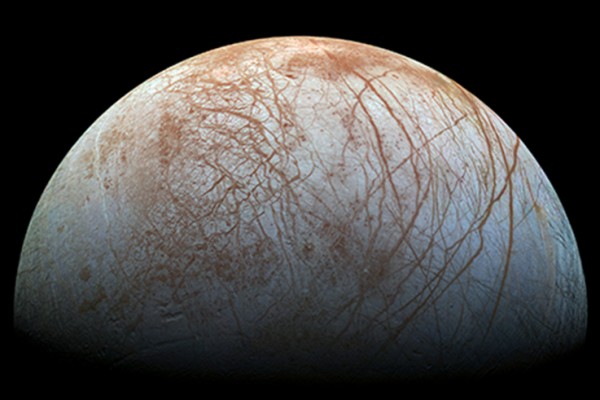Europa, here we come
Scientists have been itching to go to Europa for a long time because this moon is thought to have a global ocean beneath an outer shell of ice — an ocean that may be hospitable to life. In May, NASA took the first step, selecting nine instruments to fly on a mission to Europa. Washington University’s William McKinnon, on the science team for two of the instruments, talks about the mission.
Space scientist proposes new model for Jupiter’s core
Jupiter: a core of tar.After eleven months of politics, now it’s time for some real “core values” – not those of the candidates but those of the great gas giant planet, Jupiter. Katharina Lodders, Ph.D., Washington University in St. Louis research associate professor in Earth and Planetary Sciences in Arts & Sciences, studying data from the Galileo probe of Jupiter, proposes a new mechanism by which the planet formed 4.5 billion years ago.

